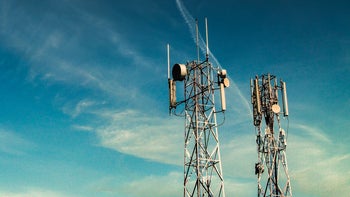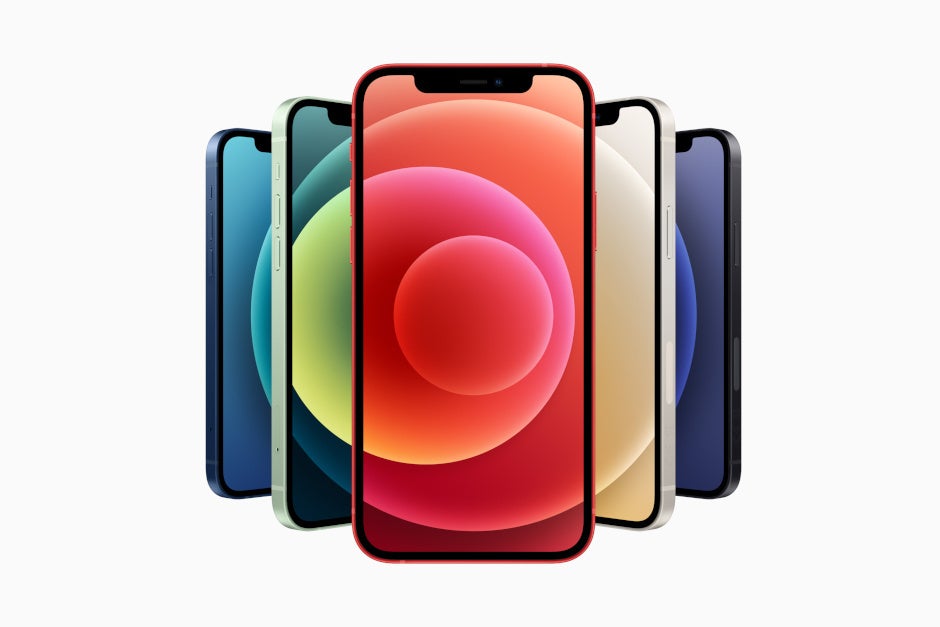Job listings show that Apple wants to get an early start on 6G

We haven't even scratched the surface of what is possible with 5G but already Apple is looking to hire engineers to help it develop 6G. According to Bloomberg, Apple would prefer to be one of the leaders when it comes to the next generation of wireless connectivity. Traditionally, Apple has been a laggard when releasing iPhone models that connect with the latest cellular services.
For example, when Apple launched the original generation iPhone in June 2007, it relied on AT&T's slow as molasses EDGE network even though 3G had long been available. The very next year Apple released the iPhone 3G. While 4G LTE was introduced in the U.S. late in 2010, it wasn't until the iPhone 5 was released in 2013 that Apple had a phone that supported 4G LTE service. And last year Apple started offering its first series of 5G handsets well after such phones were available from competitors. Most wireless analysts don't expect 6G to be available until 2030.
Apple getting ready to start work on 6G
Bloomberg goes on to point out that this week, Apple posted job listings looking for wireless system research engineers for current and next-generation networks. The job openings are for positions in Silicon Valley and San Diego where Apple works on designing chips and improvements to wireless tech. The job listings mention 6G specifically and note that those hired for the position will "research and design next generation (6G) wireless communication systems for radio access networks" and "participate in industry/academic forums passionate about 6G technology." The listings also play up the importance of the job. "You will have the unique and rewarding opportunity to craft next generation wireless technology that will have deep impact on future Apple products." The posts also say, "In this role you will be at the center of a cutting-edge research group responsible for creating next generation disruptive radio access technologies over the next decade."

Apple just released its first 5G enabled iPhone models at the end of last year
Apple has been trying to move the design of major components in-house. While Apple leaves the actual production of chips to the world's leading contract foundry (TSMC), it does design the chipsets used on the iPhone and iPad. It also started replacing Intel processors used on some Macs with its own M1 chipset; the latter contains a remarkable 16 billion transistors. To put that figure is perspective, the A14 Bionic chipset used on the iPhone 12 series sports 11.8 billion transistors. And in July 2019, after a hard fought settlement with Qualcomm allowed it to purchase the latter's 5G modem chips, Apple bought Intel's smartphone modem business for $1 billion. By designing its own modem chips, Apple won't have to worry about having a good relationship with its chip suppliers. Before settling with Qualcomm, Apple had filed a number of lawsuits against the company over its controversial "No license, no chips" policy. Both firms also sued each other over alleged patent infringements and all of these suits were dropped as part of the settlement.
While 5G delivers lower latency (what Verizon calls "ultra low lag" in its new commercials), it also is capable of offering download data speeds 10x to 100x faster than 4G LTE. HD videos that take minutes to download on your phone will be installed in just seconds. New technologies and industries that we can't even think of right now will be created thanks to the faster data speeds and the reduction in lag. 5G will enable self-driving cars to do their thing.
As for 6G, when tech firms sit down at the table to create standards, Apple is going to be there. Last year, it joined an alliance working on 6G standards and those for future generations of cellular service. And while it is way too early to ponder this, early speculation calls for 6G download speeds to be up to 100 times faster than 5G.













Things that are NOT allowed: